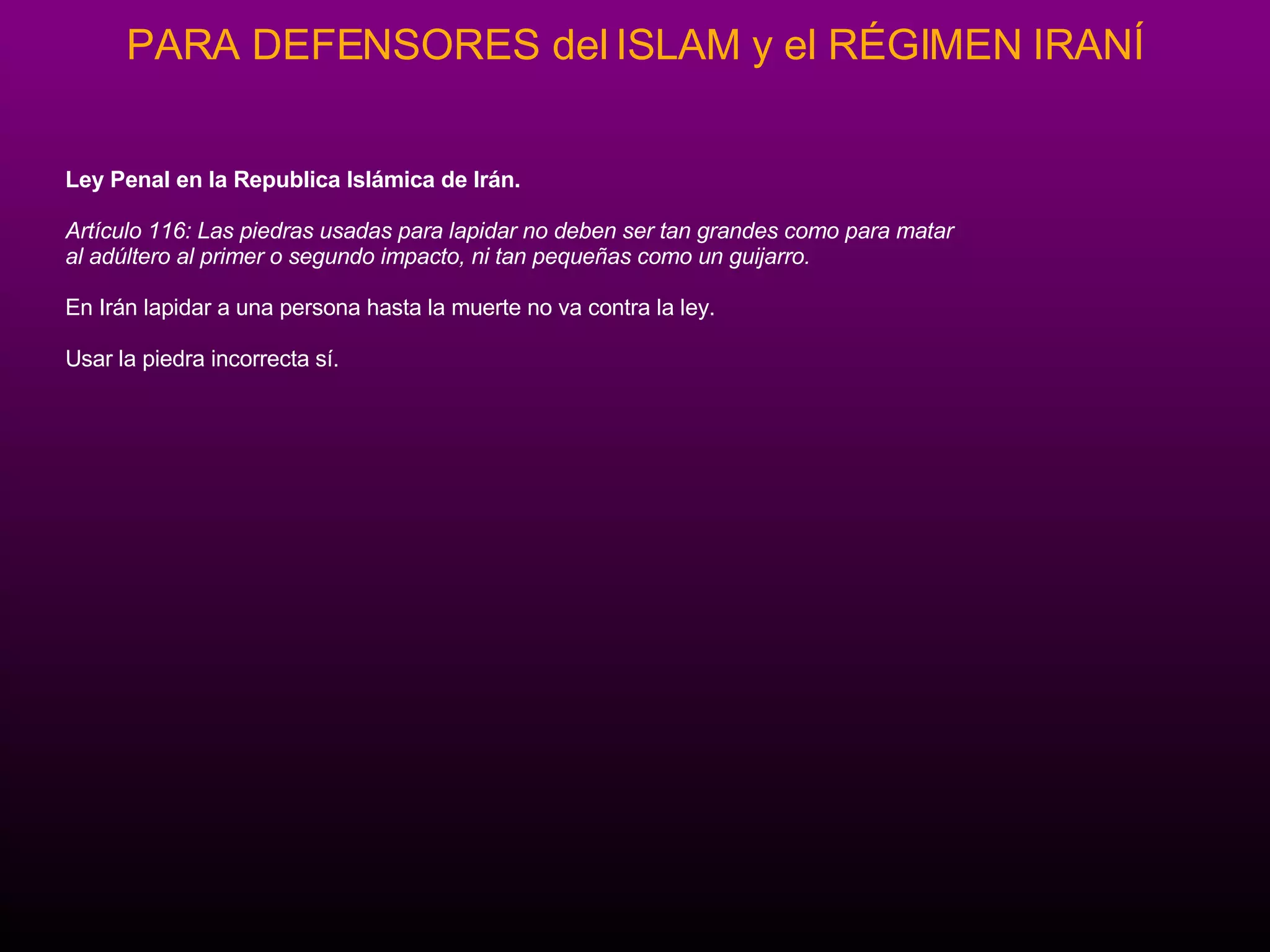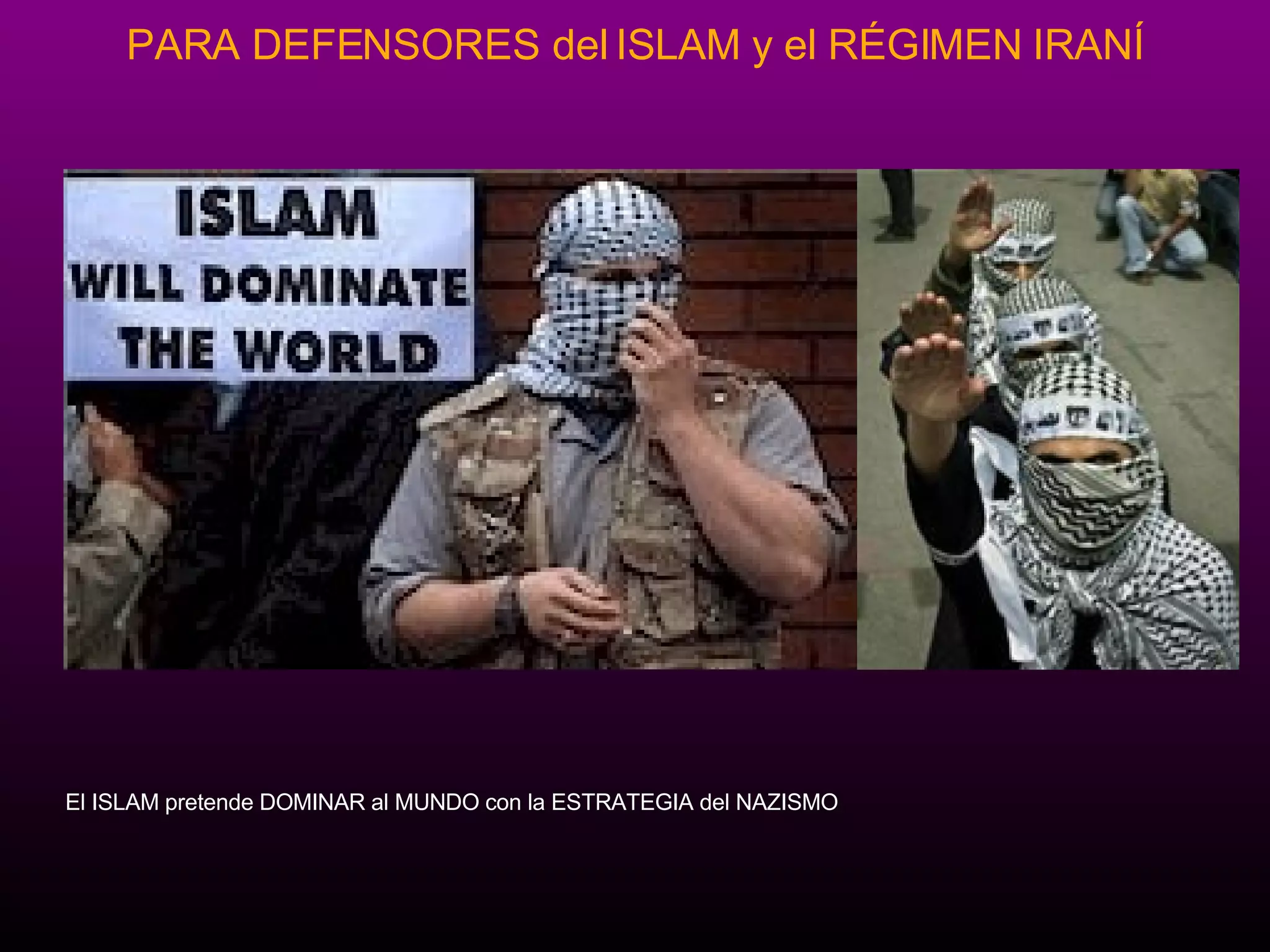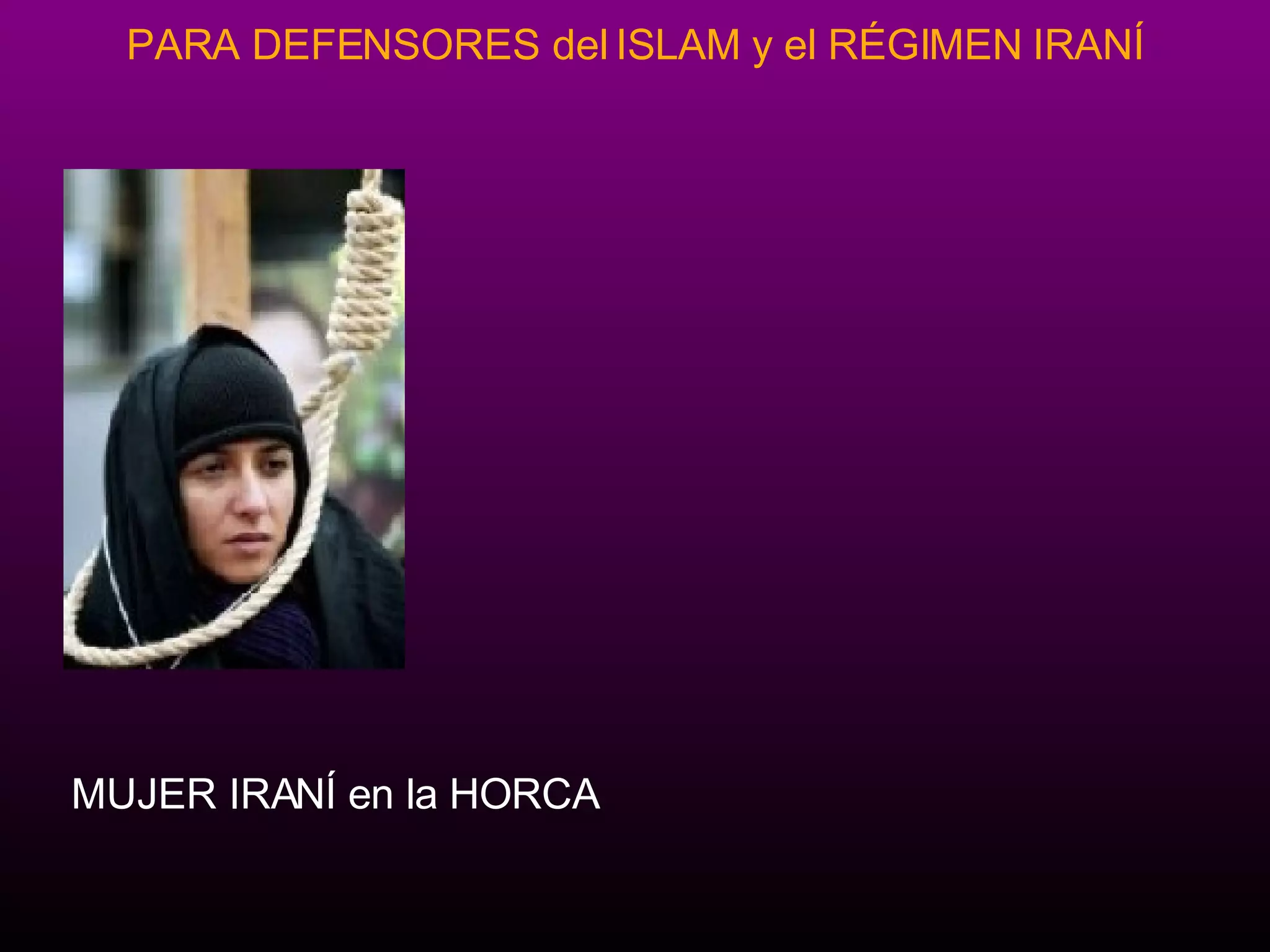Iran's Human Rights Crisis: A Deep Dive Into Decades Of Repression
The state of human rights in Iran has been a subject of profound international concern for decades, marked by systematic violations and a persistent crackdown on fundamental freedoms. From the very outset of the Islamic Revolution, the country's human rights record has drawn sharp criticism from global bodies and non-governmental organizations alike. Understanding the complexities of this ongoing crisis requires a look at its historical roots, the specific forms of repression, and the unwavering courage of those who continue to advocate for change within the country.
This article delves into the critical issues surrounding human rights in Iran, examining the documented abuses, the international community's response, and the vital role played by women and minorities in the struggle for justice. We will explore the challenges faced by human rights defenders and the government's consistent rejection of external scrutiny, painting a comprehensive picture of a situation that remains precarious and deeply troubling.
Table of Contents
- Historical Context: Four Decades of Contested Rights
- International Scrutiny and Concerns
- Systematic Violations: A Pattern of Repression
- The Plight of Women and Minorities
- The Legal Landscape and Persecution of Defenders
- Government's Rejection and Impunity
- The Courageous Fight for Human Rights in Iran
- The Path Forward: Sustained International Pressure
Historical Context: Four Decades of Contested Rights
Since the triumph of the Iranian Revolution, the human rights situation in Iran has been consistently called into question by the European Union and various non-governmental human rights organizations. Throughout the four decades of the Islamic Republic's existence, human rights in Iran have been violated in diverse ways, painting a grim picture of state-sanctioned repression. These violations range from the application of the death penalty and the physical elimination of internal and external dissidents to the brutal repression of protesting citizens, ethnic groups, and religious minorities like the Baha'is. The very foundation of international human rights law, the Universal Declaration of Human Rights (UDHR), adopted by the UN General Assembly on December 10, 1948, states in its first article that "all human beings are born free and equal in dignity and rights." This fundamental principle stands in stark contrast to the realities experienced by many in Iran, where these inherent rights are routinely denied. The historical trajectory shows a consistent pattern of the state prioritizing its ideological framework over the universal principles of human dignity and liberty.International Scrutiny and Concerns
The international community has repeatedly expressed deep concern over the situation of human rights in Iran, urging the Iranian government to respect basic human rights principles and civil liberties. This concern is not merely rhetorical; it is backed by concrete actions and detailed reports from various international bodies and watchdogs.The Role of the UN and Independent Missions
The United Nations has been a crucial actor in monitoring and documenting human rights violations in Iran. An interactive dialogue with the Special Rapporteur on the situation of human rights in Iran, such as during the 46th session of the Human Rights Council on March 9, 2021, highlights the ongoing engagement of the UN system. A significant step was taken on November 24, 2022, when the UN Human Rights Council created the Independent International Fact-Finding Mission on the Islamic Republic of Iran (FFMI). This mission was mandated to investigate human rights violations committed in Iran, particularly those related to the widespread protests that began on September 16, 2022. The FFMI's report, presented in Geneva, Switzerland, serves as a critical document, providing authoritative findings on the abuses. The establishment of such a mission underscores the severity and systematic nature of the human rights issues at play, demonstrating the international community's determination to seek accountability. The Office of the UN High Commissioner for Human Rights (OHCHR) has also voiced its alarm. Following more than a week of protests against the Iranian government, the OHCHR expressed concern over the security forces' continuous violent response to demonstrations, as well as restrictions on communications affecting the use of landline and mobile phones, the internet, and social media. These restrictions are often used as tools to suppress dissent and prevent the free flow of information, further isolating citizens and hindering their ability to organize or report abuses.NGOs and Advocacy: Amnesty International & Human Rights Watch
Alongside intergovernmental bodies, non-governmental organizations (NGOs) play a pivotal role in exposing and campaigning against human rights abuses. Organizations like Amnesty International and Human Rights Watch have consistently denounced what they describe as a catastrophic human rights situation in Iran. They provide invaluable, up-to-date information through their research, campaigns, and educational materials. Staying informed about the situation of human rights in Iran often relies heavily on the diligent work of these groups, who gather testimonies, analyze laws, and advocate for victims. Amnesty International, for instance, has extensively documented cases of arbitrary detention, torture, and executions. Human Rights Watch similarly publishes detailed reports on various aspects of human rights in Iran, from discrimination against minorities to restrictions on freedom of assembly. Their collective work forms a significant body of evidence that challenges the Iranian government's narratives and provides a basis for international pressure.Systematic Violations: A Pattern of Repression
The challenge of promoting and protecting human rights in Iran remains a difficult task, given the government's resistance to any form of external criticism or pressure. This resistance manifests in a pattern of systematic violations that target various segments of society.Torture and Ill-Treatment: A Grave Reality
One of the most egregious chapters of repressive impunity in Iran is the widespread use of torture and other ill-treatment against detainees and prisoners. Human rights experts and reports from organizations like Amnesty International consistently highlight this issue. These abuses are not isolated incidents but rather part of a broader system designed to extract confessions, punish dissent, and instill fear. The methods of torture can be brutal, leading to severe physical and psychological trauma, and in some cases, death. The lack of accountability for perpetrators within the Iranian justice system only exacerbates this problem, creating an environment where such practices can continue unchecked.Suppression of Dissent and Freedom of Expression
The Iranian government has a long history of suppressing dissent and severely restricting freedom of expression. This includes the arbitrary arrest and detention of activists, journalists, lawyers, and anyone perceived as critical of the state. The use of excessive and lethal force against protesters is a recurring concern. Human rights specialists describe the number of dead and detained protesters as alarming, urging the government to instruct police to immediately cease the use of excessive and lethal force and calling for investigations and accountability. Furthermore, restrictions on communication, including internet shutdowns and censorship of social media, are common tactics employed to control narratives and prevent mobilization. This digital repression further isolates citizens and makes it harder for the world to witness the full extent of the human rights abuses occurring within the country.The Plight of Women and Minorities
Women and marginalized minorities, such as Balochis, Kurds, and Arab minorities, have often led the struggle for freedom, justice, and equality in Iran. Despite their immense courage, they disproportionately bear the brunt of the government's repressive policies."Woman, Life, Freedom" Movement and its Aftermath
The "Woman, Life, Freedom" protests, which began in September 2022 following the death of Mahsa Amini in morality police custody, brought the struggle for women's rights to the forefront of international attention. Two and a half years later, the Iranian government continues to intensify its efforts to restrict the rights of women and girls, and other individuals demanding human rights, as part of a concerted effort to crush dissent, as warned by recent mission reports. The national women's freedom movement, which began in the provinces, quickly gained momentum across the country, demonstrating the deep-seated desire for fundamental change. The human rights office highlights the courage of women in Iran in the face of severe reprisals, including imprisonment, violence, and even death sentences. The UN chief's statement that the highest peace award to an Iranian fundamental rights activist (referring to Narges Mohammadi, Nobel Peace Prize winner) is a reminder that women's rights are regressing underscores the dire situation.Targeting of Students and Vulnerable Groups
Beyond the broader crackdown on protests, specific vulnerable groups have been targeted. Human rights experts affirm that deliberate attacks on students in 91 schools are further proof of systematic violence against women and girls in the country. These attacks, often involving suspected poisonings, have instilled fear, leading many parents to remove their daughters from school. This deliberate targeting of young, educated individuals highlights the regime's fear of an informed and empowered populace, particularly women, who are seen as a potent force for change. Religious minorities, like the Baha'is, also face systematic discrimination and persecution, including restrictions on their education, employment, and freedom to practice their faith. Ethnic minorities similarly endure discrimination and repression, often leading to protests that are met with disproportionate force.The Legal Landscape and Persecution of Defenders
The cost of defending the rule of law in Iran is incredibly high. A timeline examining four decades of persecution of lawyers in Iran reveals a systematic campaign against human rights defenders, journalists, lawyers, and others who have called for reform. This persecution is not merely incidental but is part of a project that seeks to provide an understanding of the root causes for the systematic targeting of those who advocate for justice and accountability. Lawyers defending political prisoners or human rights cases often face arbitrary arrest, detention, and disbarment, effectively silencing legal avenues for redress and leaving victims with little recourse. This systematic dismantling of legal defense mechanisms further entrenches impunity for state actors.Government's Rejection and Impunity
A consistent characteristic of the Iranian government's approach to human rights criticisms is its outright rejection of accusations. Instead of acting on the findings of international bodies and offering reparations to victims, the government has dismissed accusations of human rights violations as "inventions" and "groundless." This denial, coupled with a lack of transparency and accountability, creates a climate of impunity where perpetrators of abuses are rarely brought to justice. This defiance extends to labeling the appointment of UN Special Rapporteurs or the findings of fact-finding missions as "political sabotage," attempting to discredit legitimate concerns and divert attention from the grave realities on the ground.The Courageous Fight for Human Rights in Iran
Despite the overwhelming challenges and severe reprisals, the fight for human rights in Iran continues with remarkable courage. Women, students, ethnic, and religious minorities, and a brave network of activists and lawyers, persist in their demands for fundamental freedoms. Their resilience in the face of state violence, imprisonment, and even death sentences is a testament to the universal human desire for dignity and justice. Their voices, amplified by international advocacy groups and media, serve as a constant reminder to the world that the struggle for human rights in Iran is far from over.The Path Forward: Sustained International Pressure
In summary, the situation of human rights and civil liberties in Iran remains precarious and deeply concerning. The systematic violations, the government's resistance to external pressure, and the ongoing repression of dissent paint a bleak picture. However, the unwavering determination of activists within Iran, coupled with sustained international scrutiny and advocacy, offers a glimmer of hope. The human rights community continues to call for the Iranian government to cease the use of excessive force, release political prisoners, ensure due process, and respect the fundamental rights enshrined in international law. The international community, including human rights bodies, must continue to ensure the protection of civilians and fully respect international laws. Any additional military intervention, as warned by the UN Secretary-General in other contexts, could further affect international peace and security, potentially exacerbating the human rights situation. Therefore, diplomatic pressure, targeted sanctions against human rights violators, and continued support for civil society and human rights defenders in Iran are crucial.Conclusion
The struggle for human rights in Iran is a multifaceted and ongoing challenge that demands global attention and concerted action. From the systematic use of torture and the suppression of dissent to the targeting of women and minorities, the violations are widespread and deeply entrenched. However, the courage of the Iranian people, particularly women and marginalized groups, in their pursuit of freedom and justice, remains an inspiring force. It is imperative for the international community to maintain its focus on the human rights situation in Iran, utilizing all available diplomatic and legal tools to press for accountability and reform. By staying informed through credible sources like Amnesty International and UN reports, and by supporting the efforts of human rights organizations, we can contribute to the global call for an end to the abuses and the realization of fundamental human rights for all Iranians. The fight for human rights in Iran is a fight for universal values, and it requires our unwavering commitment. Share this article to raise awareness and encourage further discussion on this critical issue.
Derechos Humanos En Iran | PPT

Derechos Humanos En Iran | PPT

Derechos Humanos En Iran | PPT